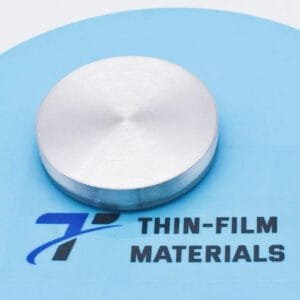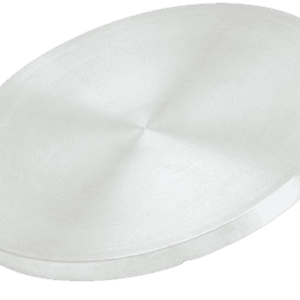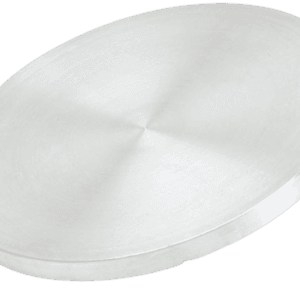Manganese (II) Selenide Sputtering Target Description
Manganese (II) Selenide Sputtering Targets are semiconductors with unique dilute magnetic properties, making them valuable for specialized applications and research in the semiconductor field. These targets are ideal for depositing thin films with semiconducting characteristics, which can be applied in electronic and optoelectronic technologies.
TFM offers high-quality Manganese (II) Selenide Sputtering Targets that combine exceptional performance with competitive pricing. Our dedication to excellence ensures that our products meet stringent industry standards, delivering optimal results across various applications. With TFM, you can rely on superior quality and affordability for your advanced materials needs.
Related Product: Manganese Sulfide Sputtering Target, Manganese Dioxide Sputtering Target
Manganese (II) Selenide Sputtering Target Specifications
| Compound Formula | MnSe |
| Molecular Weight | 133.90 |
| Appearance | gray target |
| Melting Point | – |
| Density | 5.45-5.59 g/cm3 |
| Available Sizes | Dia.: 1.0″, 2.0″, 3.0″, 4.0″, 5.0″, 6.0″ Thick: 0.125″, 0.250″ |
Manganese (II) Selenide Sputtering Target Handling Notes
- Indium bonding is recommended for the Manganese (II) Selenide Sputtering Target due to its brittleness and low thermal conductivity, which can pose challenges during sputtering. These characteristics make the material prone to thermal shock. Indium bonding helps address these issues, enhancing the target’s stability and performance throughout the sputtering process.
Manganese (II) Selenide Sputtering Target Application
- Manganese (II) Selenide offers diverse applications across several fields:
- Thin-Film Electronics: As a semiconductor, manganese (II) selenide is used in the fabrication of thin-film transistors (TFTs) and other electronic devices. These thin films are crucial for constructing electronic circuits in displays, sensors, and flexible electronics.
- Optoelectronics: Manganese (II) selenide thin films are suitable for optoelectronic devices due to their semiconducting properties. They can be utilized in light-emitting diodes (LEDs) and photodetectors.
- Magnetic Devices: The magnetic properties of manganese (II) selenide are advantageous for developing magnetic devices, such as magnetic sensors and memory devices.
- Solar Cells: Manganese (II) selenide is also explored for use in thin-film solar cells. Its semiconductor characteristics make it a promising candidate for photovoltaic applications.
Manganese (II) Selenide Sputtering Target Packaging
Our Manganese (II) Selenide Sputtering Target is meticulously handled throughout storage and transportation to ensure it retains its original quality and condition. We take every measure to preserve the integrity of our products, ensuring they arrive in optimal condition for your applications.





Reviews
There are no reviews yet.